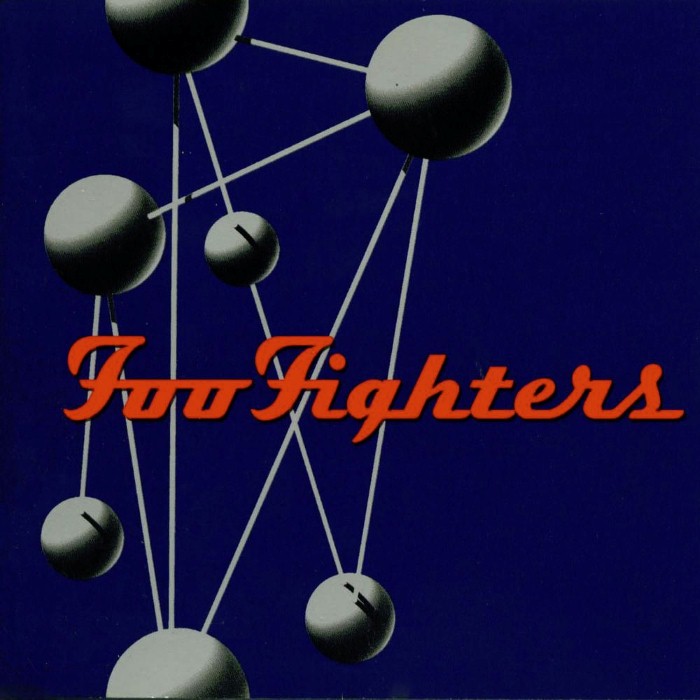The Colour and the Shape by Foo Fighters

The Colour and the Shape is the Foo Fighters' second album. It was released on May 20, 1997, through Roswell. The album reached number three in the UK and number ten in the United States. The Colour and the Shape is the Foo Fighters' biggest U.S. seller, having sold over two million copies according to Nielsen SoundScan. The album is considered by many to be the band's magnum opus. The album was in total nominated for five MTV Video Music Awards in 1997 and 1998, for the videos "Monkey Wrench" and "Everlong". It was also a Grammy Award nominee for Best Rock Album in 1998. The album was the debut of Foo Fighters as a band, as frontman Dave Grohl had recorded all of the first album by himself with the exception of one guitar part by Greg Dulli. The Colour and the Shape was produced by Gil Norton, who was perhaps best known for his work with the Pixies. Norton was very demanding of the band's performance, eventually leading bassist Nate Mendel to enhance his musical formation. Grohl stated that he wanted to go back to the studio as "we didn't want people to feel [the Foo Fighters] were just another side project." The songs on the record were composed during sound checks during the extensive touring that the band went through for the previous eighteen months. Over the course of the making of the album, Grohl's own marriage to photographer Jennifer Youngblood ultimately ended in divorce.
Once Dave Grohl had cleared the hurdle of launching his post-Nirvana project with Foo Fighters’ 1995 self-titled debut—on which he juggled all the instruments—it was time to put an actual band together. Tapping bassist Nate Mendel and drummer William Goldsmith from emo outfit Sunny Day Real Estate, along with Germs/Nirvana guitarist Pat Smear, Grohl then brought in Pixies producer Gil Norton to nail down the bracing contrasts and more personal songwriting of 1997’s <i>The Colour and the Shape</i>. Things didn’t go well at first: Initial sessions got scrapped, and Grohl wound up replacing most of Goldsmith’s contributions with his own, before hiring drummer Taylor Hawkins for future albums. Norton pushed the band especially hard, requesting take after take to get everything just right. Yet that disciplined approach paid off, yielding three Top 10 hits and what remains Foo Fighters’ best-selling album in the US. It also represents the band’s anointment as a mainstream rock powerhouse, both in the studio and onstage. Written in the fallout from Grohl’s divorce from photographer Jennifer Youngblood, these songs definitely cut more deeply than the first album’s lower-stakes power-pop. The most enduring anthem here—appropriately titled “Everlong”—is quite pointedly about connecting with someone on every possible level. All forward momentum, the song captures both the challenge and reward of true intimacy, kicking up the drama yet another notch with its whispered bridge and then adrenalised return. Lead single “Monkey Wrench” similarly balances the ecstatic and cathartic (“I’d rather leave than suffer this”), while “My Hero” comes closest to Sunny Day’s intricate emotional exorcisms. But there’s plenty more territory covered beyond those three hard-driving singles. Soft-sung opener “Doll” plays like an intentional link to the previous album’s demo-like intimacy, and the confiding acoustic ballad “Walking After You” feels all the more vulnerable following directly from “Everlong”. Likewise, the jaunty lightness of “See You” provides an immediate counterpoint to “My Hero”. Often singing with fresh pain in his voice here, Grohl proves himself to be not just a gifted songwriter but an undeniably impactful frontperson. And if you’re looking for foreshadowing of the tireless arena staple that the Foos would soon become, “Wind Up” ratchets up the band’s distorted riffing and even lets Grohl sneak in a proper scream.
